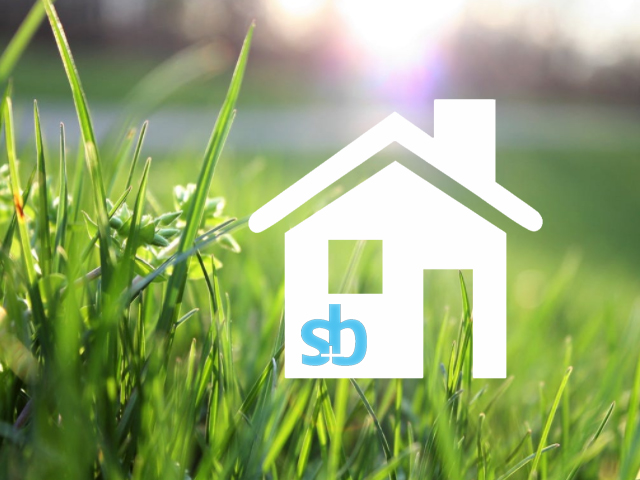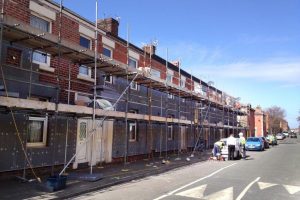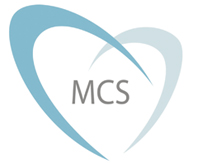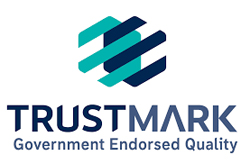
04 Sep Green Homes Grant: What we know so far …
 Due to launch this month, the Green Homes Grant scheme is set to provide homeowners and landlords with vouchers to improve their home energy efficiency.
Due to launch this month, the Green Homes Grant scheme is set to provide homeowners and landlords with vouchers to improve their home energy efficiency.
With Insulation being classed as a primary measure, and with us having a number of BBA approved, fit-for-purpose insulation solutions, S and B EPS are gearing up for an influx of new enquiries.
There has been a lot of talk throughout the industry about this scheme and this is what we know so far:
What is the Green Homes Grant?
The Green Homes Grant is a Government initiative that will provide £2bn for home improvement projects. This will be part of a wider £3bn initiative to cut domestic carbon emissions in up to 650,000 homes across England.
As part of this scheme, the government has committed to providing vouchers that will cover two-thirds of the cost of energy-saving improvements, up to the value of £5,000 per typical household and £10,000 per low-income household.
The Treasury claims that by taking advantage of this scheme families could make an average annual saving of £200 on their energy bills.
When is the Green Homes Grant set to launch?
At the time of writing, a fixed launch date is yet to be announced, however, the Government has strongly suggested that applications will begin at the end of September 2020 with the scheme running until March 2021.
Who will be eligible for the Green Homes Grant scheme?
Homeowners and landlords will be eligible, although new-build domestic properties and commercial properties (such as shops, offices and factories) won’t be.
To apply for the vouchers applicants must either:
- be a homeowner (including park-homes, long-leaseholders and shared ownership)
- be a private or social landlord (however, landlords cannot apply for the low-income portion of the scheme)
The property must be in England. Homeowners in Wales, Scotland and Northern Ireland are not currently eligible for this scheme.
What if I’m claiming other grants or funding?
Energy Company Obligation (ECO)
If a homeowner has already received Energy Company Obligation (ECO) funding for a particular measure, they will not be able to claim a Green Homes Grant subsidy vouchers towards the cost of the same measure. However, they can claim both an ECO and Green Homes Grant subsidy providing they are each for different measures – for example, loft insulation and external wall insulation.
Renewable Heat Incentive
The Domestic Renewable Heat Incentive (RHI) gives households funding towards renewable heating costs. Payments are made for 7-years and are based on the amount of renewable heat generated by their heating system.
Homeowners will be eligible to claim both the Domestic RHI and the Green Home Grant for the renewable heat installation. They must first claim the Green Home Grant, and then notify OFGEM that the voucher has been used at the point of applying for accreditation to the Domestic RHI. The Green Homes Grant will then be deducted from their Domestic RHI payments.
They cannot apply for the scheme if they have already received a grant from their local authority as part of the Local Authority Delivery Scheme.
Which types of home improvement are covered by the grant?
The Green Homes Grant will give homeowners and landlords vouchers to install the following measures:
1. PRIMARY MEASURES
>  Insulation:
Insulation:
- Solid wall insulation / external wall insulation
- Cavity wall insulation
- Floor insulation (solid floor; suspended floor)
- Loft insulation
- Flat roof insulation
- Room in roof
- Park home insulation
> Low carbon heat (where the home is suitably insulated):
- Air source heat pump (ASHP)
- Ground source heat pump (GSHP)
- Solar thermal
- Biomass pellet boilers
2. SECONDARY MEASURES
> Windows and doors:
- Draught proofing
- Double/triple glazing (ONLY where replacing single glazing)
- Secondary glazing (ONLY in addition to single glazing)
- Energy-efficient replacement doors (ONLY where replacing doors installed prior to 2002).
> Heating controls and insulation:
- Hot water tank thermostats
- Hot water tank insulation
- Heating Controls (Smart heating controls, zone controls, intelligent delayed start thermostat and thermostatic radiator valves)
NB: Gas boilers are NOT included as part of this scheme.
Householders can install one or more of these measures as part of the scheme. However, to qualify for any secondary measures, they must have already had one of the primary measures carried out; plus the cost of the secondary measures must not exceed that of the primary measure(s).
How much are the vouchers worth?
Under the scheme, the government will pay at least two-thirds of the cost of home improvements that save energy, up to £5,000.
The poorest households will be eligible to receive up to £10,000 towards these improvements, and these homeowners will not have to contribute anything towards the cost.
Is my home eligible for improvements?
The Simple Energy Advice (SEA) service is a great way to check which energy efficiency or low-carbon heat improvements can be made to a property.
This Government-backed service offers a quick energy survey for consumers to see how energy efficient their homes already are, and where improvements can be made.
How do I find an accredited installer?


 Quality assurance lies at the heart of this scheme and only TrustMark Registered Business or MCS Certified tradespeople who are PAS2030 approved will be able to carry out the work under the Green Homes Grant scheme. The government says that this will give households confidence that the improvements made to their homes will be of the highest quality.
Quality assurance lies at the heart of this scheme and only TrustMark Registered Business or MCS Certified tradespeople who are PAS2030 approved will be able to carry out the work under the Green Homes Grant scheme. The government says that this will give households confidence that the improvements made to their homes will be of the highest quality.
The Government is therefore urging tradespeople to sign up for the schemes now so that they’re well prepared and understand the part they need to play in ensuring a successful outcome.



No Comments